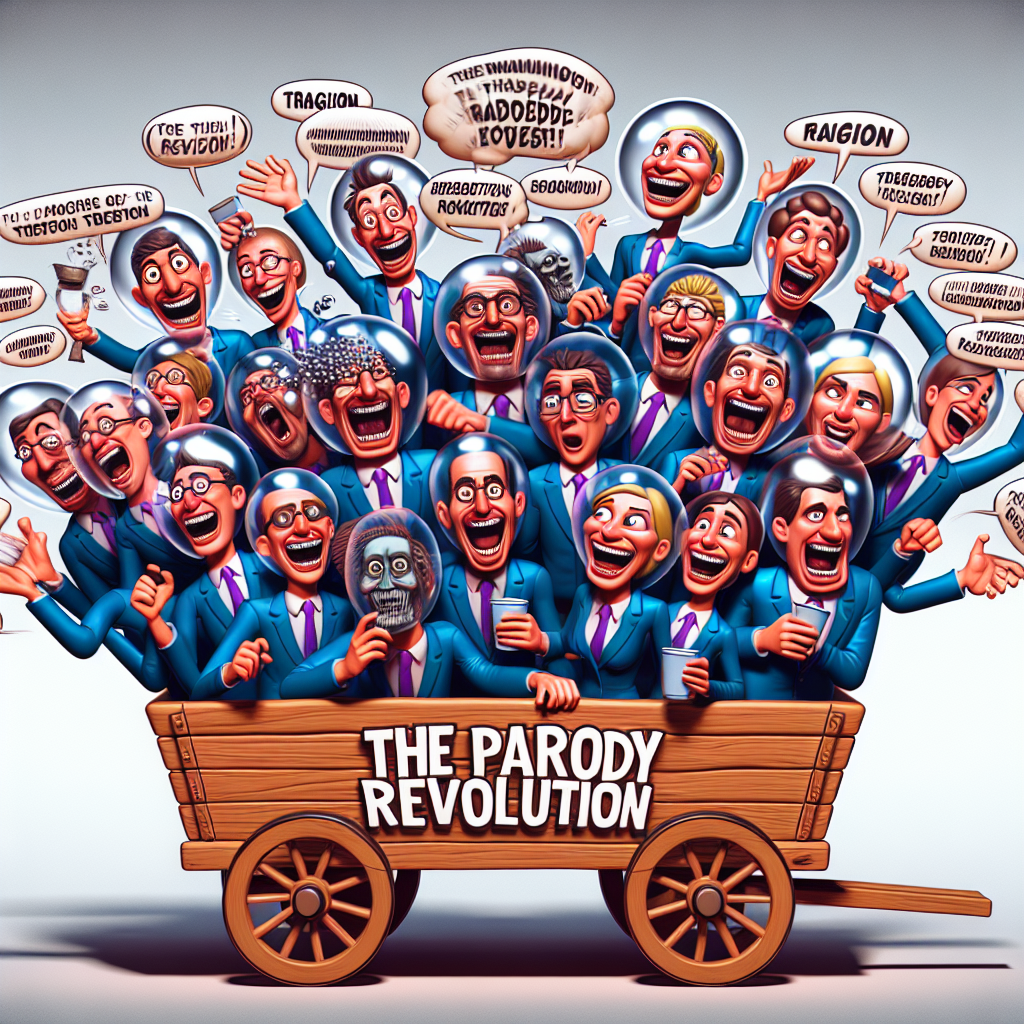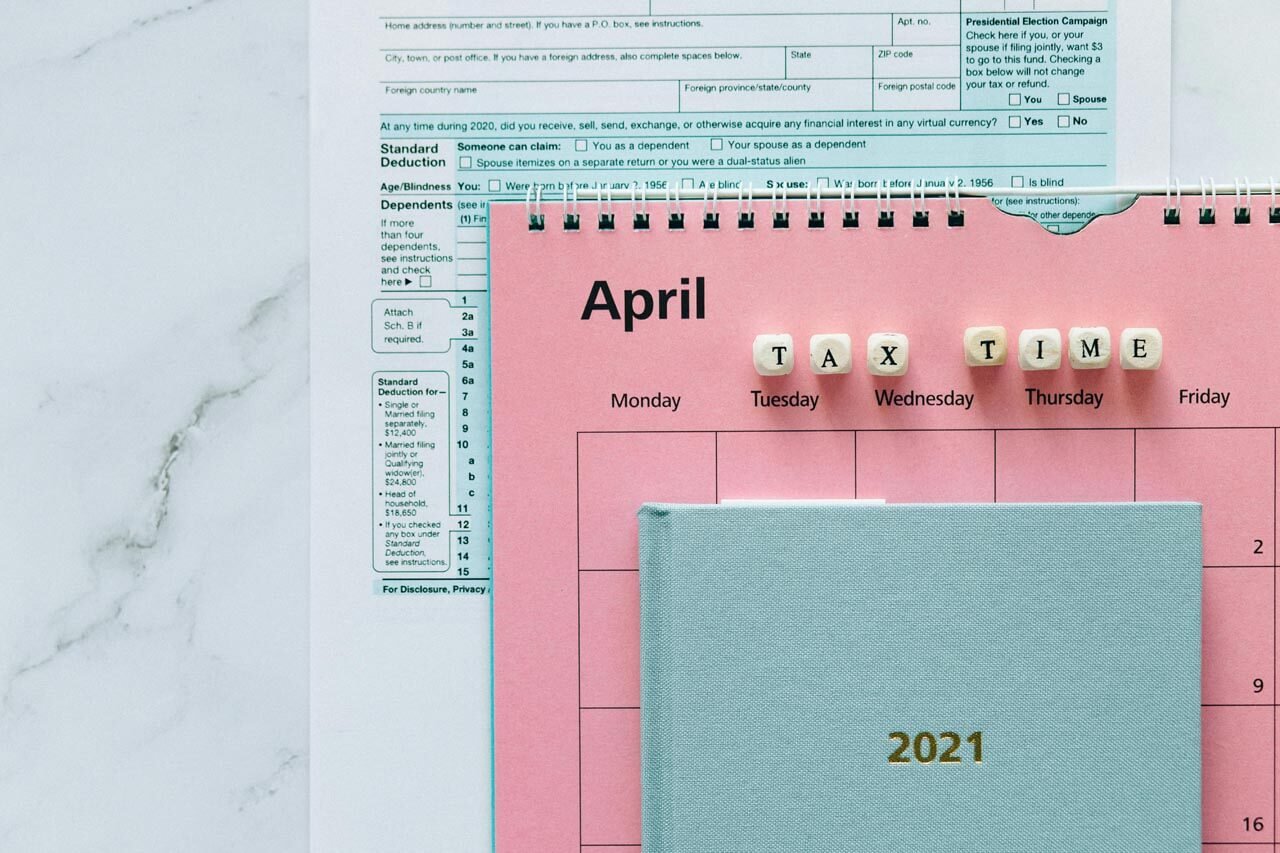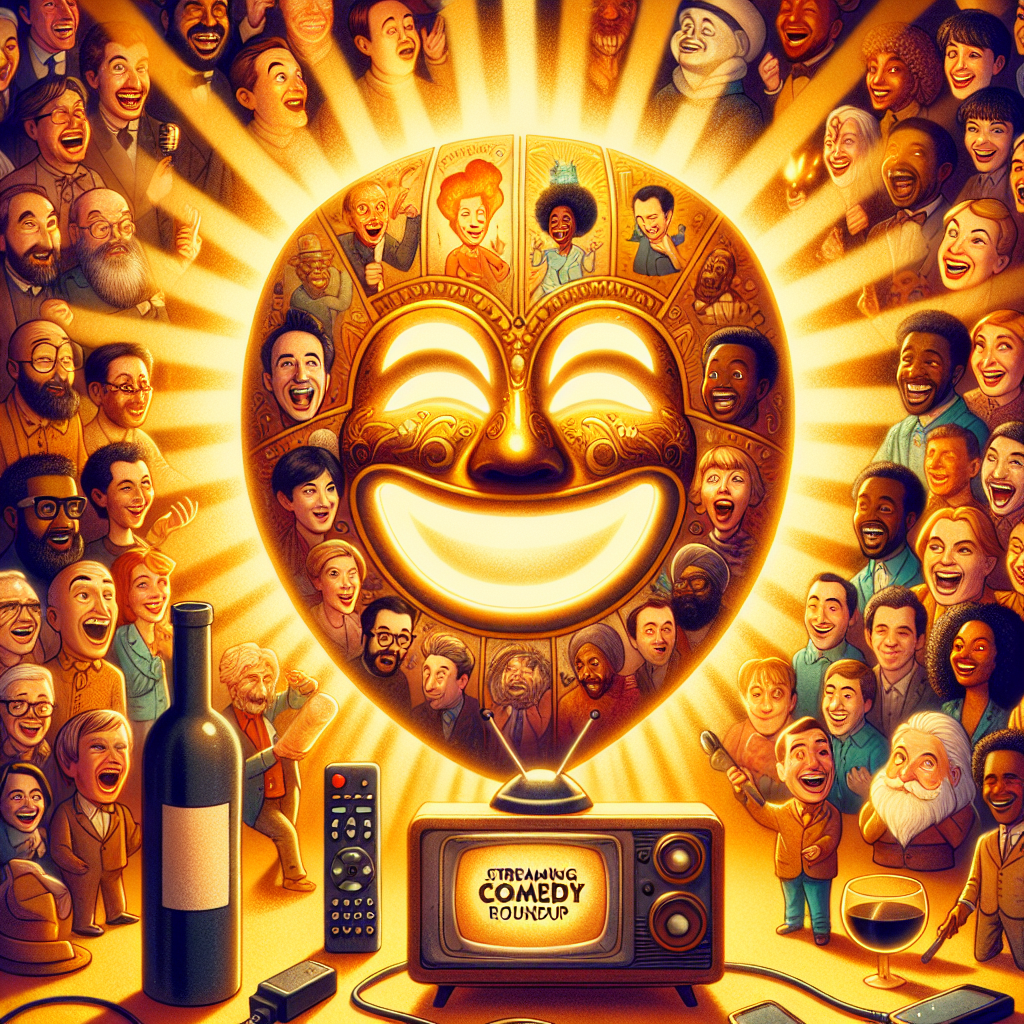The Parody Revolution: Why Everyone’s Jumping on the Bandwagon

Table of Contents
- What is Parody?
- Definition and Forms
- Importance in Culture
- The Rise of Digital Parody
- Viral Culture and Social Media
- Memes as a Vehicle for Parody
- Why Brands are Joining the Parody Bandwagon
- 1. Enhanced Engagement
- 2. Authenticity and Relatability
- 3. Trend-Jacking
- 4. Increased Shareability
- Challenges of Parody Marketing
- 1. Potential for Misinterpretation
- 2. Navigating Copyright Issues
- Best Practices for Using Parody in Marketing
- 1. Know Your Audience
- 2. Stay Relevant
- 3. Be Authentic
- Case Studies of Success
- Wendy’s: The Snarky Social Media Queen
- Old Spice: The Absurdist Approach
- Conclusion
In today’s digital landscape, where attention spans are fleeting and competition is fierce, parody has emerged as a powerful tool for engagement and marketing. From viral TikTok videos to satirical memes, the "Parody Revolution" is reshaping how brands interact with their audiences. This article delves into the reasons behind this phenomenon and its implications for entrepreneurs, marketers, and small business owners.
What is Parody?
Definition and Forms
Parody is a creative work that humorously imitates another work, style, or genre. It can be found in various forms, including:
- Literature: Satirical essays or books that mimic other authors.
- Film and Television: Shows or movies that spoof popular culture or well-known films.
- Music: Songs that humorously reinterpret existing tracks.
Importance in Culture
Parody serves as a lens through which societal norms and cultural trends can be critiqued. By exaggerating certain traits or tropes, parody can highlight absurdities in a way that resonates with audiences. This has led to an increase in the popularity of parody across multiple media platforms.
The Rise of Digital Parody
Viral Culture and Social Media
The internet has transformed how parody is created and consumed. Platforms like TikTok, Instagram, and Twitter enable content to be shared rapidly, allowing parodies to go viral almost overnight. According to a study by Pew Research Center, over 72% of Americans engage with some form of social media, extending the reach of parodic content exponentially.
Memes as a Vehicle for Parody
Memes serve as a particularly effective medium for parody. They encapsulate humor, commentary, and cultural relevance in bite-sized formats that are easy to share. This phenomenon has democratized content creation, allowing anyone with internet access to contribute to the parody landscape.
Why Brands are Joining the Parody Bandwagon
1. Enhanced Engagement
Brands are increasingly adopting parody to foster deeper connections with their audience. Humor tends to create an emotional response, making consumers more likely to engage with the content. A study by HubSpot suggests that humorous content is shared 30 times more than serious content.
2. Authenticity and Relatability
In an era where consumers are looking for authenticity, parody allows brands to show a more relatable side. By poking fun at themselves or the industry, brands can break down barriers and make their messaging more accessible. The strategy has worked wonders for companies like Wendy’s, known for their snarky Twitter replies.
3. Trend-Jacking
Incorporating parody enables brands to leverage current trends and societal conversations. This strategy, known as "trend-jacking," allows companies to position themselves within cultural contexts, broadening their reach and visibility. For example, during the COVID-19 pandemic, many brands crafted parodies around quarantine experiences, connecting with audiences on a personal level.
4. Increased Shareability
Parody is inherently shareable. Humorous takes on familiar topics encourage audiences to share with friends and family, amplifying the brand’s reach. This organic sharing is often more effective than traditional advertising.
Challenges of Parody Marketing
1. Potential for Misinterpretation
While parody can be effective, it also comes with risks. Misinterpretation can lead to backlash if the audience does not understand the humor. This is especially critical in sensitive contexts, where a misstep could damage a brand’s reputation.
2. Navigating Copyright Issues
Parody often walks a fine line regarding copyright laws. While the legal doctrine of "fair use" allows for some leeway, brands must tread carefully to avoid potential lawsuits. Seeking legal advice before launching parody-based campaigns can mitigate risks.
Best Practices for Using Parody in Marketing
1. Know Your Audience
Understanding your target audience’s preferences and sense of humor is essential. Conducting surveys or utilizing analytics can provide insights that are invaluable for creating resonant parodic content.
2. Stay Relevant
Parody works best when it draws from current events or cultural icons. Keeping an eye on trending topics can help brands stay relevant and align their parody efforts with what audiences are already thinking about.
3. Be Authentic
While humor is crucial, authenticity should not be sacrificed for wit. The best parodies maintain the brand’s voice and values, ensuring that the humor serves to reinforce, rather than dilute, the brand message.
Case Studies of Success
Wendy’s: The Snarky Social Media Queen
Wendy’s has effectively utilized parody in its social media strategy by adopting a witty, irreverent tone. Their humorous roasts of competitors and playful engagement with customers have made them a standout in fast food marketing.
Old Spice: The Absurdist Approach
Old Spice revitalized its brand through a series of engaging and absurd parody commercials. This not only captured audience attention but also set a new standard for humor in advertising, resulting in a significant increase in sales and brand loyalty.
Conclusion
The "Parody Revolution" is not just a passing trend; it represents a fundamental shift in how brands engage with consumers. By leveraging humor, relatability, and cultural commentary, brands can navigate today’s complex marketing landscape effectively. As more businesses recognize the potential of parody, those who embrace this strategy stand to gain not just more engagement but also a deeper connection with their audiences.
For further insights on achieving success in digital marketing, explore our article on The Power of Storytelling in Branding.
By harnessing the essence of parody, entrepreneurs and marketers can not only boost brand visibility but also forge meaningful connections in an ever-evolving digital world. As they say, laughter is the best medicine—and in marketing, it’s also one of the best strategies.
Latest Posts
You Might Also Like

Lorem ipsum dolor sit amet, consectetur adipiscing elit. Ut elit tellus, luctus nec ullamcorper mattis, pulvinar dapibus leo.
TOP NEWS
Copyright © 2025 FunnyShowStreaming.site | All rights reserved.



















Comments are off for this post.